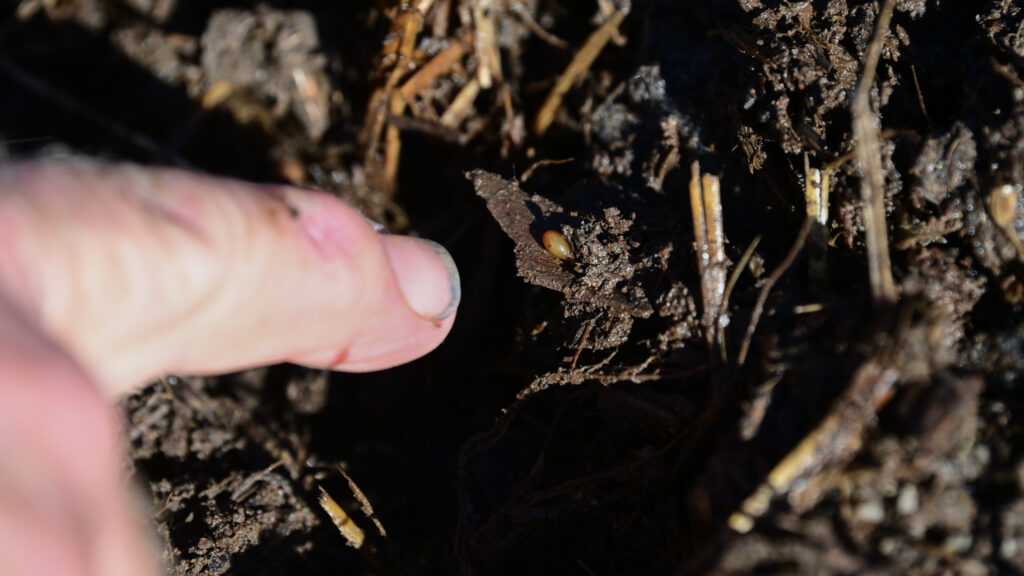“Selective recruitment of bacteria during embryogenesis of an earthworm,” by Seana K Davidson and David A Stahl, explores the intricate symbiotic relationship between earthworms and bacteria during the earthworm’s embryonic development. Key points include:
Symbiotic Relationship: Earthworms from the Lumbricidae family have a symbiotic relationship with Acidovorax-like bacteria within their excretory organs, the nephridia. These bacteria are transmitted into the earthworm’s egg capsules during mating and colonize the nephridia of the juveniles before hatching.
Study Focus: The study investigates how these bacteria are selectively recruited and colonized during the embryonic development within the egg capsules. It uses techniques such as in situ hybridization, confocal microscopy, and electron microscopy to visualize bacteria associated with the developing embryos.
Bacterial Recruitment and Colonization: The research reveals that during the earliest stages of development, bacterial cells are associated with earthworm embryos. A specific embryonic duct recruits the Acidovorax-like symbiont cells, excluding most other bacterial types.
Sequential and Selective Colonization: As each earthworm segment matures, Acidovorax-like bacteria are recruited into this duct, where they remain for a period before migrating into the nephridium. The study highlights the specific and selective nature of bacterial colonization in earthworms.
Comparative Analysis: The paper compares this symbiotic process to other known symbiotic associations, such as the squid-Vibrio relationship. It underscores the unique aspect of this colonization occurring during embryogenesis, rather than after the juvenile stages.
Implications and Future Research: This research sheds light on the complex interactions between host earthworms and bacterial symbionts, emphasizing the need for further studies to understand the mechanisms of host-bacterial communication and selection.
In summary, the article provides significant insights into the selective recruitment and colonization of specific bacteria during earthworm embryogenesis, contributing to a deeper understanding of symbiotic relationships in soil ecology.




